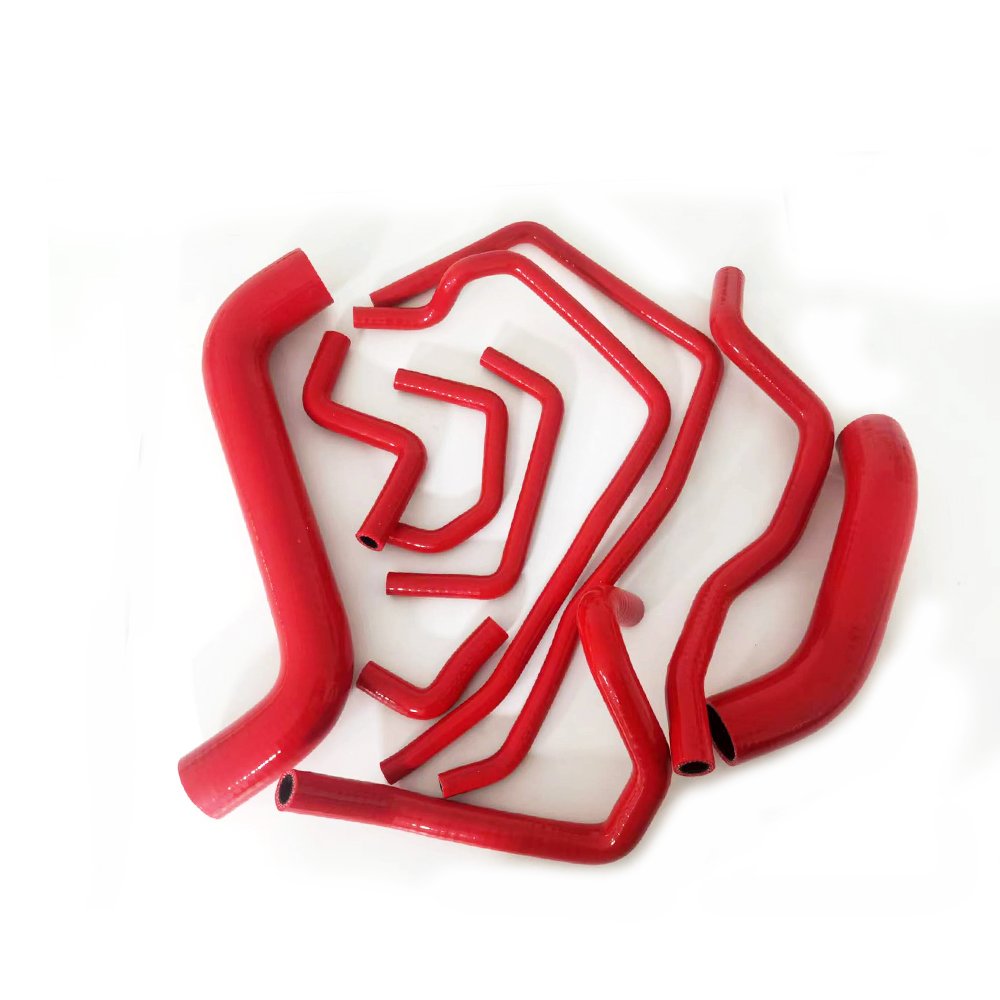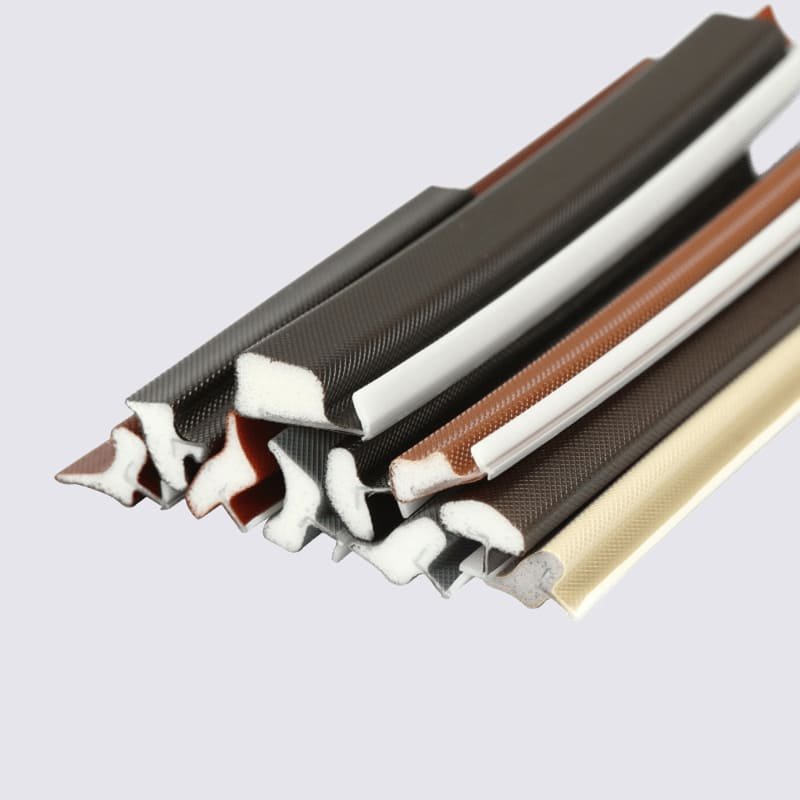Silicone buizen is in populêre kar wurden foar tapassingen dy't ferset tsjin waarmte nedich binne, oalje, gemikaliën en oplosmiddels. Silicone’s versatility has led to numerous uses for heat resistant silicone tubing in industries like automotive, marine, aerospace, healthcare and more.
Properties Of Silicone Tubing
Silicone tubing is made from a flexible silicone polymer that offers several advantages over traditional rubber and plastic tubing:
- Heat ferset – Silicone can withstand continuous temperatures from -80°F to 500°F, making it suitable for high temperature applications.
- Oil and chemical resistance – Silicone is resistant to oils, smoar, benzine, solvents and many chemicals. It does not absorb fluids like rubber tubing.
- Fleksibiliteit – Silicone remains flexible over a wide temperature range, retaining more than 200% ferlinging.
- UV en ozon ferset – Silicone can withstand UV exposure and ozone exposure better than rubber.
- Non-permeable – Silicone tubing does not allow fluids to permeate through the material.
- Long lifespan – Properly installed silicone tubing can last up to 20 jier.
Applications For Heat Resistant Silicone Tubing
Some common uses for heat and oil resistant silicone hose include:
- Automotive – Replacing aging vacuum and coolant hoses. Used for air intake, charge air cooler and fuel lines.
- Marine – Replacing rubber and plastic bilge pump hoses, coolant hoses and fuel lines.
- Yndustrieel – Transferring heated oils, lubricants and hydraulic fluids. Used as gaskets and O-rings.
- Lab equipment – Transporting corrosive chemicals, heated reagents and compressed gases.
- Commercial kitchens – Carrying boiling water, oalje, gases and other fluids.
- HVAC – Replacing rubber ducting and duct connections.
- Pools and spas – Carrying heated water and chemically treated water.
Silicone Tubing Sizes And Specifications
- Silicone tubing is available in a wide range of sizes from 1/32″ outside diameter to 12″ outside diameter, with inner diameters from 0.1 mm to 127 mm.
- Wall thicknesses range from very thin (.012″ – .030″) for uses requiring flexibility to thicker (.080″ – .250″) for higher pressure and temperature requirements. Silicone tubing is rated for continuous use between -80°F to 500°F and up to 3000 PSI pressure depending on wall thickness.
- Specialty silicone tubing formulations are available with additives for increased heat, cold or oil resistance. Reinforced silicone tubing contains fibers or braids for extra strength.




